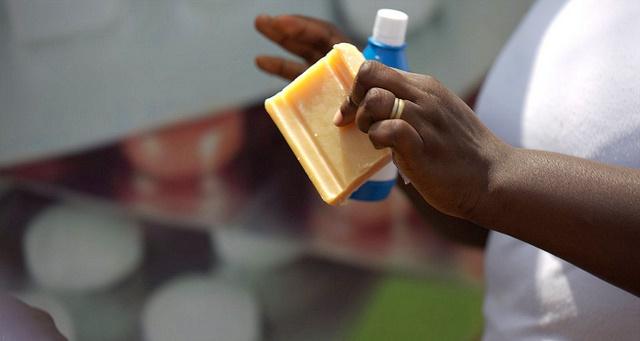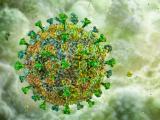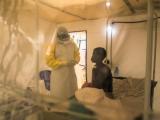Ebola trends in the outbreak region showed a mixed picture last week, with activity up a bit and cases popping up in a broader area in Guinea but with new cases decreasing further in Sierra Leone, the World Health Organization (WHO) said today in its latest update.
Overall, the outbreak countries reported 82 lab-confirmed Ebola cases last week, up slightly from 79 the week before. With no new cases reported in Liberia, the latest infections include 57 in Guinea and 25 in Sierra Leone. The WHO said the outbreak total has now reached 25,178 confirmed, probable, and suspected cases, with the number of deaths increasing to 10,445.
A spurt of health worker infections was reported last week, with seven in Guinea and one in Sierra Leone. The WHO said the number of healthcare worker infections is now at 861, which includes 495 deaths.
Guinea, Sierra Leone pictures contrast
Guinea, which has often reported fluctuating outbreak patterns, saw its number of confirmed cases increase from the 45 it reported the previous week. Geographic transmission of the disease also expanded last week, with two districts—Fria and Siguiri—reporting their first cases in more than 50 days. The WHO said Siguiri, which borders Mali, is the first district outside western Guinea to experience a confirmed case in over a month.
A rapid response team has been sent to Fria, which reported three cases last week after having confirmed only two cases previously since the start of the outbreak, the WHO said.
However, the main outbreak hot spots are in an area that includes Guinea and Sierra Leone's capitals and their surrounding districts.
Alongside Guinea's rise in cases last week, response markers showed mixed signals. The percentage of Ebola deaths that occurred in the community increased from 27% to 43% over the past week, but the WHO said the rise might be linked to increased access to Forecariah district, an area that has been marked by community resistance over the past several months. The country's count of unsafe burials, however, declined from the previous week.
Today's WHO report also included more details about Guinea's recently announced 45-day emergency period, which was declared a few days ago for Conakry and five currently affected districts. The measures include movement restriction in transmission areas, temporary closure and quarantine of health facilities where Ebola cases have been detected, limiting burial attendance to close relatives, and testing all corpses for Ebola.
Sierra Leone's 25 Ebola cases last week, down from 33 the week before, represent the country's fourth consecutive drop and the lowest weekly total since the final week of May 2014, according to the WHO. However, the country lost some ground with some response markers: the percentage of cases occurring in known contacts decreased, and the proportion of Ebola cases detected after death increased slightly, with half of those cases in from ambia district, which has faced community engagement struggles.
On Mar 29 Sierra Leone wrapped up a 3-day lockdown of Ebola transmission areas to further limit the spread, and the WHO's report has some details about the results. The number of suspected cases nearly doubled last week, with most of them coming during the final 2 days of the lockdown.
Liberia reported no new cases, and 185 contacts of its most recent patient—a 45-year-old Monrovia woman who died from the disease on Mar 27—are still being monitored. Some media reports from Liberia had suggested that the country had two new Ebola cases, but no new confirmed cases have been reported to Mar 29, the WHO said.
The country continues to test suspected cases, with 278 samples tested in the week to Mar 22.
Other developments
- Xinhua, China's state news agency, today shared some details about MIL-77, an experimental Ebola drug that a British nurse recently received after she was flown home for treatment after she was infected while serving in Sierra Leone. She was the first Ebola patient known to have been treated with the drug. British experts told Xinhua that MIL-77 is an antibody cocktail similar to ZMapp, another experimental drug that has been used to treat several Ebola patients.
- Five healthcare workers who were taken to Nebraska Medical Center after potential exposure to Ebola while working in Sierra Leone have completed their 21-day active monitoring period and have left the Omaha area, the hospital said yesterday on its Twitter feed. It said a fifth patient who was hospitalized Mar 28 after a cardiac event experienced while jogging has been discharged from the hospital and will leave the area soon.
See also:
Apr 1 WHO Ebola update
Apr 1 Xinhua story
Nebraska Medical Center Twitter feed

















